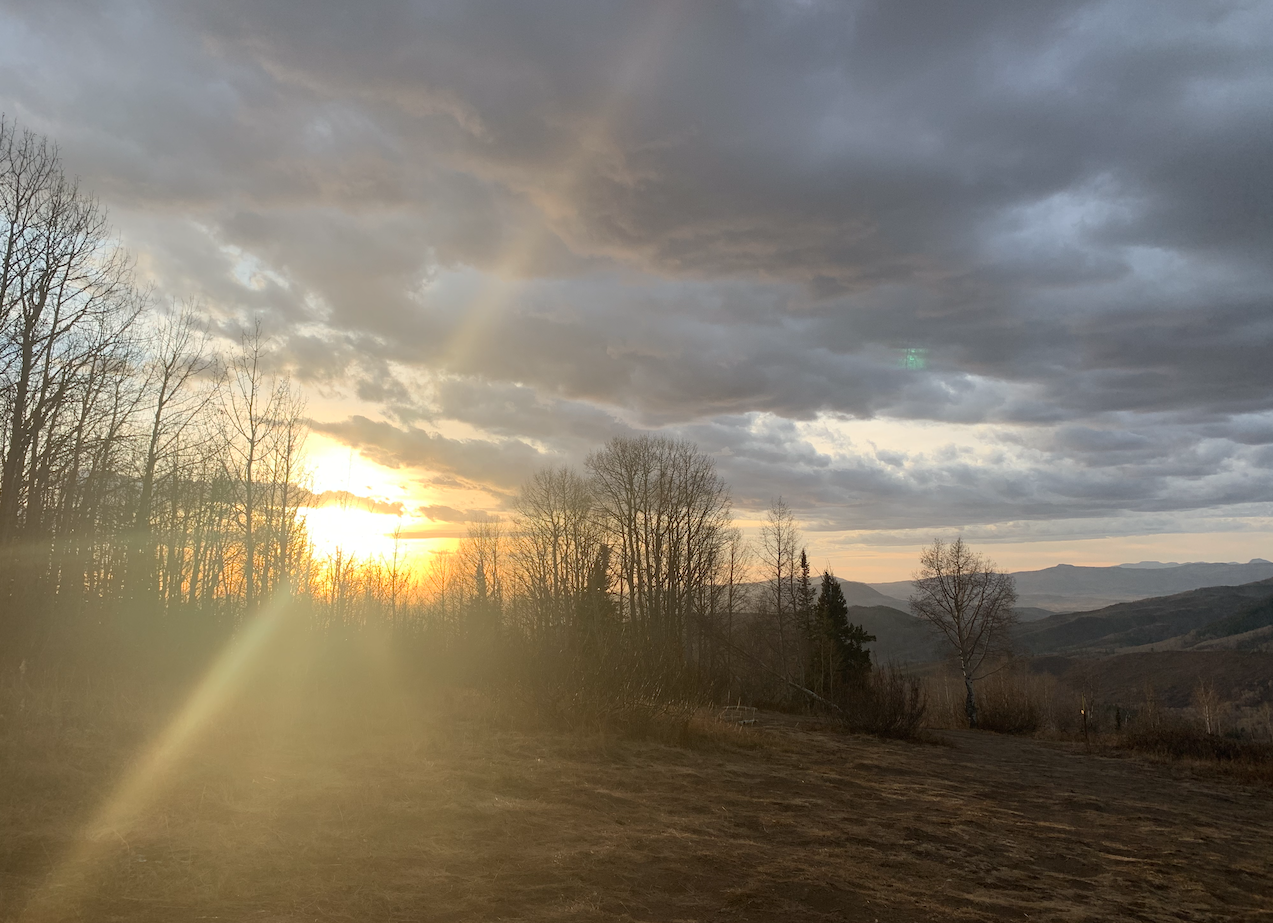I’m so excited to pull back the curtain on what my scientist-artist friend, Molly McAllister, does for work. As an associate scientist at NCAR (the National Center for Atmospheric Research), Molly is a true left brain/right brain thinker and excels at sharing the nitty-gritty details of science in an understandable way. And, she keeps it all fun!
1. Describe what you do: I’ve spent my career supporting scientific researchers, policy makers and the public in their pursuit of better understanding the physical world. Right now, I support people around the world who are using a massive, cutting-edge hydrologic model that predicts how water interacts with the landscape after it falls from the sky. This model helps scientists and the National Weather Service predict stream flow, forecast flooding, manage water supplies and study climate. For instance, when Hurricane Harvey hit, the model was used to help determine where it was wet, where it was dry and where emergency services could go. I work as the connection between the people who develop the model and the people who use it.
2. How and why did you get into this field? Growing up, I loved watching storms rolling in from across the acres of my family farm. The towering clouds, the crack of the thunder, the pitter-patter of droplets or ice. And then, the beautiful colors that arced across the sky as the sunlight filtered through. At night, I would lie out on my trampoline and gaze up at the Milky Way, always searching for Orion's belt so that I could peer into the Great Nebula and witness the birthing of a star.
Simply put, I’d go outside, look up and wonder. I’d think, ‘Wow, how did the stars get there?’ Or, ‘Look at the clouds – how do they form?’ My love of light and water, in all of their forms, and my innate curiosity eventually led me to study remote sensing, which is about using different wavelengths of light to understand the environment around us. Those same curiosities led me to my work now with a water model.
3. Describe an interesting application of your field: Everything gives off energy and has a spectral signature, or a certain way that light reflects off of it - you do, I do, the cat does, that rock does. We try to build sensors to read those different signatures for the planet so we can see what it’s telling us – where it hurts, where it’s okay, where it needs help.
We can determine things like crop health, whether an ice sheet is going to fall apart, if an area is experiencing drought. You can literally see the earth breathe by watching the evapotranspiration of the Amazon rainforest or visualizing global CO2 levels.
photo by Vanessa Bauman
4. What's your typical workday like? I start my day outside by biking twelve miles to work. Then at the office, I work with a team of scientists and software developers to document their software. I help people understand how to use the model via email and in person, and I work with our sister agencies to coordinate hands-on workshops.
5. Describe your workspace: I have my own office with a stand-up desk, which is very important to me, and a large window that overlooks a big tree. I have a plant named Franti and colored boxes that are in Chi directions to make sure energy flow is good. I have photos of places I’ve traveled (I’m also an avid photographer and traveler), and photos of different forms of water (clouds, rivers, snow). Our building is filled with office spaces, lecture halls, and a cafeteria, areas that are designed for sharing ideas and having discussions.
6. Do you have any favorite scientists, engineers or programmers?
Einstein, for sure, and also Leonardo da Vinci. Not only was he a genius, but an artist, scientist and inventor. I like to think of myself as a fellow polymath, or someone who excels at a lot of different subjects. Some people are specialists, but I gravitate to variety. Art is just as valuable as science, and there’s an art to science and a science to art. A mathematical proof is a work of art. It is beautiful.
I am also inspired by the doctor Patch Adams. He connected laughter, joy and fun into the healing process and overall health. That has been a major influence overcoming issues throughout my life.
7. Any favorite quotes, movies or books? "Imagination is more important than knowledge. Knowledge is limited. Imagination encircles the world.” –Einstein
"Simplicity is the ultimate sophistication." –Leonardo da Vinci
“Humor is the antidote to all ills.” – Patch Adams
8. How has your work helped you with a 'real life' problem? I have spent my life answering questions for the gamut of society. This has helped me find value in saying “I don’t know but I would like to explore this further. How can we work together to solve this problem?”
9. What’s something else we should know about you: For me, variety is the spice of life. Besides my day job, I also teach water aerobics and pottery. I am an avid salsa dancer. I love the feeling of being suspended in air or water. I take every opportunity I can to be up in the air, hangliding, paragliding, and jumping on trampolines or in water swimming or kayaking.
Most important, I try to approach everything I do with a sense of joy. There’s a lot of joy and fun in life. Sometimes you just have to find it.










